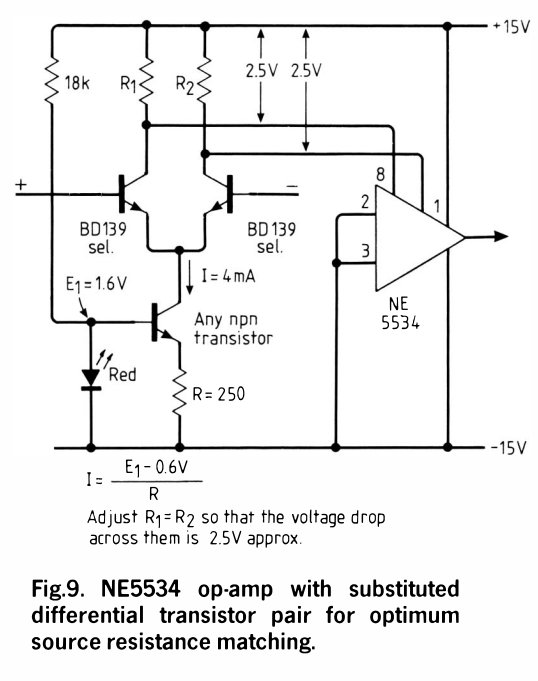zamproject
Well-known member
- Joined
- May 11, 2010
- Messages
- 1,599
Hi all
I have consoles that use the 301 which is now obsolete in dip8 package (soic seem to stay alive?)
The LM301 is used in a specific way I don't remember to see elsewhere, where the input stage is bypassed and a discrete differential pair is used in place and sent to the output stage via comp/bal pin.
I'm not expert at all in opamp topology/design and like to know what other of opamp is able to be used like that.
Here the idea of discussion is not to replace for "better" opamp, I have no complain about the sound of my 169 and 289, but anticipate a possible substitution when my spare spent out or when NOS stock get completely overpriced...
Best
Zam
I have consoles that use the 301 which is now obsolete in dip8 package (soic seem to stay alive?)
The LM301 is used in a specific way I don't remember to see elsewhere, where the input stage is bypassed and a discrete differential pair is used in place and sent to the output stage via comp/bal pin.
I'm not expert at all in opamp topology/design and like to know what other of opamp is able to be used like that.
Here the idea of discussion is not to replace for "better" opamp, I have no complain about the sound of my 169 and 289, but anticipate a possible substitution when my spare spent out or when NOS stock get completely overpriced...
Best
Zam






























![Electronics Soldering Iron Kit, [Upgraded] Soldering Iron 110V 90W LCD Digital Portable Soldering Kit 180-480℃(356-896℉), Welding Tool with ON/OFF Switch, Auto-sleep, Thermostatic Design](https://m.media-amazon.com/images/I/41gRDnlyfJS._SL500_.jpg)



